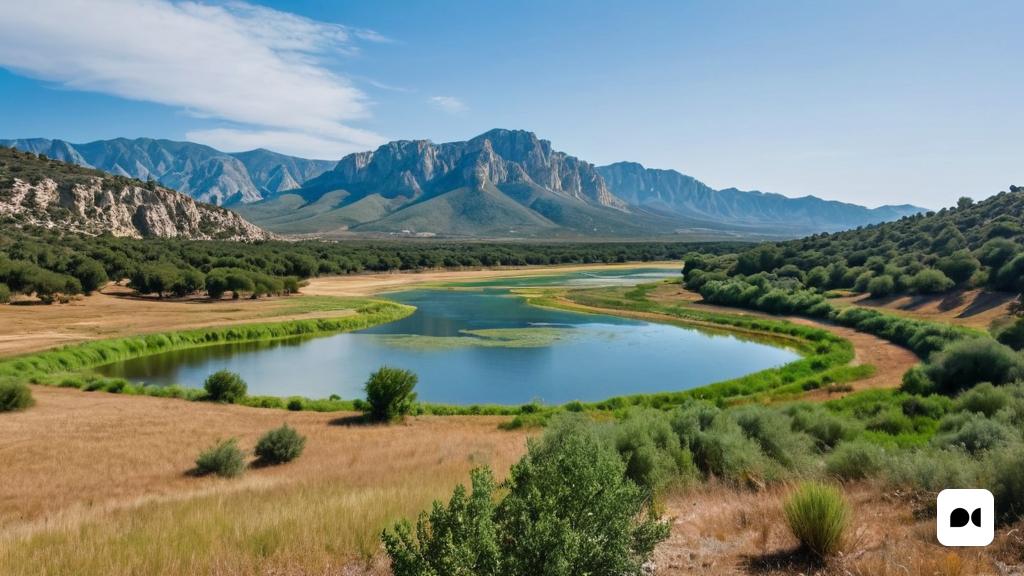The influence of the Guadalete River in Andalusian history
More than 1,300 years ago, in the vicinity of the Guadalete River marshes in Andalusia, the Hispano-Visigothic armies led by King Rodrigo faced the Arab forces commanded by General Tariq ibn Ziyad. This conflict would mark the end of an era and the beginning of a new system in the Iberian Peninsula.
The transformation of a system in crisis
Contrary to popular belief, the swift Arab conquest and subsequent domination were not the result of a mass reduction or replacement of the local population. With just 50,000 Arabs, representing 1% of the population, they managed to complete their task in just twelve years, unlike the Romans who took much longer to complete a similar undertaking.
Penetration of Islam before military conquest
A key factor in the rapid expansion of the Arabs was the existence of Islamic communities on the peninsula before the invasion. These communities, made up of the native population, had been forming since the end of the 7th century due to conversion processes driven by foreign elements.
The context of the Visigothic monarchy
The Visigothic kingdom was a continuation of the fragmented Western Roman Empire, and the Hispano-Roman elites maintained the Roman tradition. However, although they had a hierarchical structure, they failed to resolve the great social and economic differences of the time.
The reasons for conversion to Islam
By the end of the 7th century, the Catholic Church had become a pillar of Visigothic power, with its hierarchies acting as large landowners. In this context, many of the most humble sectors, especially in the most populated regions and with greater social differences, saw Islam as a more egalitarian and modern option.
The response of local oligarchies
The acceptance of the local oligarchies to the new Arab order was crucial for the rapid progression of the conquest. Many landowners accepted Islamic culture and religion in exchange for maintaining their powerful status. While some oligarchies resisted, those in the south and east of the peninsula accepted the new scenario without major opposition.
The People of Zaragoza
A notable example is that of the Casios of Zaragoza, who became the Banu-Qasi and became the ruling lineage of the Upper Border of al-Andalus. They led a massive conversion process in the Ebro valley, profoundly transforming the region.
The importance of Córdoba
Córdoba was established as the center of power of al-Andalus thanks to its rich urban history since Roman times and its strategic river connections. Qúrtuba, as it was named in Arabic, became the capital of the emirate and then the caliphate, being a key city in the region.
Qúrtuba: a cultural melting pot
Over time, Córdoba transformed into a large western city that radiated culture and attracted various ethnicities and cultures. The Christian and Jewish communities that remained there flourished until the fall of the caliphate, evidencing a remarkable mixture and tolerance.
The Jewish community in Qúrtuba
The disappearance of the Visigothic state allowed the elimination of persecutory laws against the Jews, who prospered in Qúrtuba. This city became an important center for the Jewish community, attracting immigration and enriching its cultural and scientific legacy.
A uniquely mestizo society
The Umayyad Córdoba stood out for its miscegenation and cultural interaction between the various communities. This society was never a strict replica of Damascus and maintained relative tolerance and diversity in all its aspects.
The end of an innovation factory
The Castilian-Leonese conquest of Qúrtuba in 1236 marked the end of a cultural and scientific center of great relevance. The destruction of this enclave meant an irreparable loss for the science and arts of the time, eliminating one of the most vibrant and mixed spaces in the medieval world.

